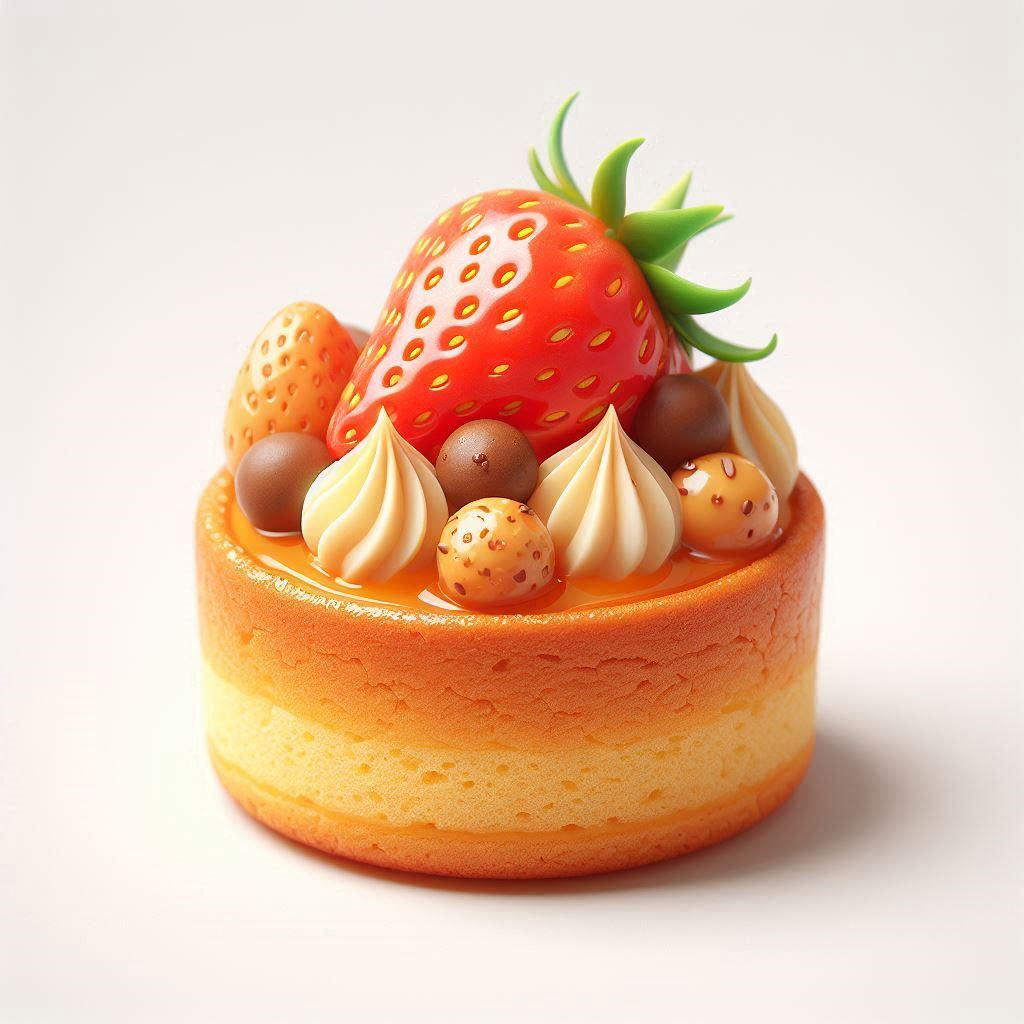
A Bite-Sized History: The Petit Four’s Journey from Palace to Plate
The petit four, a delightful miniature confection, is a testament to the artistry and refinement of French pastry. Its name, literally translating to “small oven,” hints at its humble beginnings, yet its history is far from simple.
The Roots of a Royal Treat:
The petit four’s story intertwines with the rise of the French aristocracy. In the 17th century, the opulent courts of Louis XIV and his successors craved elaborate desserts. These early petit fours were not the dainty, colorful treats we know today. They were larger, more substantial cakes, often flavored with spices and fruit, and served as a luxurious finale to lavish banquets.
A Transformation in the 19th Century:
The 19th century saw a shift in the petit four’s identity. As the French culinary scene evolved, so did the dessert. Chefs began experimenting with new techniques, incorporating delicate flavors and elegant presentations. The petit four shrunk in size, becoming the bite-sized delights we recognize today. This miniaturization allowed for greater variety, with chefs creating an array of shapes, flavors, and textures.
The Petit Four’s Modern Day Appeal:
Today, the petit four is a staple of fine dining and celebratory occasions. Its popularity stems from its versatility. It can be enjoyed as a stand-alone treat or as part of a larger dessert platter. Its small size makes it perfect for sharing, while its intricate designs and delicate flavors offer a sophisticated touch.
The Art of Petit Four Preparation: A Master’s Touch
Preparing petit fours is a delicate art, requiring precision and patience. Here’s a glimpse into the process:
1. The Foundation: A Perfect Base
The foundation of a petit four is a cake or cookie base. The choice depends on the desired texture and flavor profile. Classic options include sponge cake, genoise, or macarons. These bases are baked to perfection, ensuring a light and airy texture.
2. The Filling: A Symphony of Flavors
Once the base is ready, it’s time to add the filling. This can be a jam, custard, ganache, or even a fruit compote. The filling should complement the base, creating a harmonious blend of flavors.
3. The Finishing Touches: A Work of Art
The final step is the decoration. This is where the petit four truly comes alive. Chefs use a variety of techniques to create visually stunning and delicious treats. Glazes, fondant, chocolate, and sprinkles are just a few of the tools at their disposal.
Here are some popular petit four variations:
- Petit Four Secs: These are dry, crumbly cookies, often flavored with almond or vanilla.
- Petit Four Humides: These are moist cakes, often filled with jam or custard.
- Petit Four Glacés: These are cakes covered in a smooth, glossy glaze.
- Petit Four Chocolat: These are decadent cakes made with chocolate and often decorated with chocolate swirls or ganache.
A Final Note:
The petit four is more than just a dessert; it’s a testament to the artistry and creativity of French pastry. It’s a reminder that even the smallest things can be beautiful and delicious. So, the next time you encounter a petit four, take a moment to appreciate its history, its craftsmanship, and its delightful flavors.



